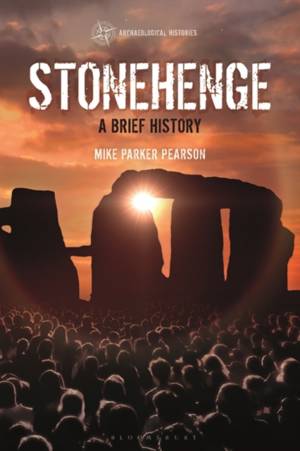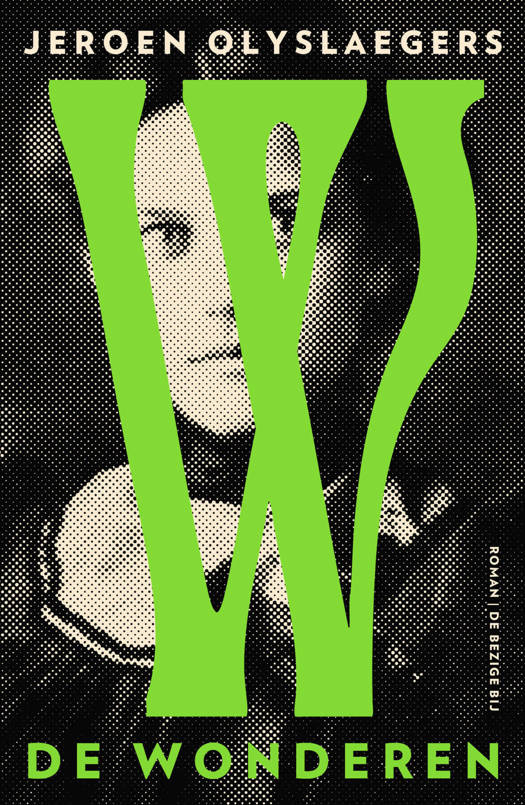
- Afhalen na 1 uur in een winkel met voorraad
- Gratis thuislevering in België vanaf € 30
- Ruim aanbod met 7 miljoen producten
- Afhalen na 1 uur in een winkel met voorraad
- Gratis thuislevering in België vanaf € 30
- Ruim aanbod met 7 miljoen producten
Zoeken
€ 161,45
+ 322 punten
Uitvoering
Omschrijving
Stonehenge is one of the world's most famous monuments. Who built it, how and why are questions that have endured for at least 900 years, but modern methods of investigation are now able to offer up a completely new understanding of this iconic stone circle.
Stonehenge's history straddles the transition from the Stone Age to the Bronze Age, though its story began long before it was built. Serving initially as a burial ground, it evolved over time into a sacred place for gathering, feasting and building, and was remodelled several times as different peoples arrived in the area along with new technologies and customs. In more recent centuries it has found itself the centre of excavations, political protests and even conspiracy theories, embedding itself in the consciousness of the modern world.
In this book Mike Parker Pearson draws on two decades of research, the results of recent excavations and cutting-edge scientific analyses to uncover many of the secrets that this prehistoric stone circle has kept for 5,000 years. In doing so, he paints the most comprehensive picture yet of the history of Stonehenge, from its origins up to the 21st century, and reveals how in some ways trying to explain its power of attraction in the present is harder than explaining its purpose in the ancient past.
Stonehenge's history straddles the transition from the Stone Age to the Bronze Age, though its story began long before it was built. Serving initially as a burial ground, it evolved over time into a sacred place for gathering, feasting and building, and was remodelled several times as different peoples arrived in the area along with new technologies and customs. In more recent centuries it has found itself the centre of excavations, political protests and even conspiracy theories, embedding itself in the consciousness of the modern world.
In this book Mike Parker Pearson draws on two decades of research, the results of recent excavations and cutting-edge scientific analyses to uncover many of the secrets that this prehistoric stone circle has kept for 5,000 years. In doing so, he paints the most comprehensive picture yet of the history of Stonehenge, from its origins up to the 21st century, and reveals how in some ways trying to explain its power of attraction in the present is harder than explaining its purpose in the ancient past.
Specificaties
Betrokkenen
- Auteur(s):
- Uitgeverij:
Inhoud
- Aantal bladzijden:
- 208
- Taal:
- Engels
- Reeks:
Eigenschappen
- Productcode (EAN):
- 9781350192232
- Verschijningsdatum:
- 4/05/2023
- Uitvoering:
- Hardcover
- Formaat:
- Genaaid
- Afmetingen:
- 156 mm x 234 mm
- Gewicht:
- 462 g

Alleen bij Standaard Boekhandel
+ 322 punten op je klantenkaart van Standaard Boekhandel
Beoordelingen
We publiceren alleen reviews die voldoen aan de voorwaarden voor reviews. Bekijk onze voorwaarden voor reviews.








